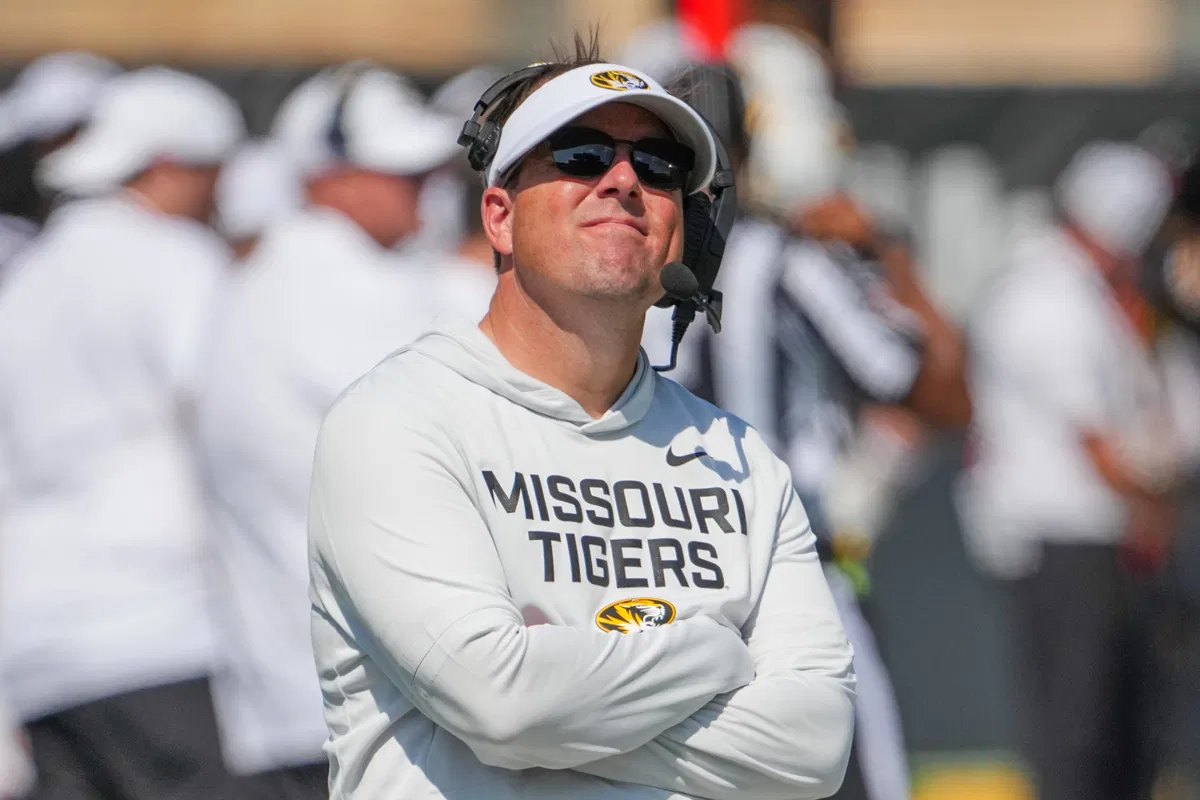Copyright staradvertiser

As the federal government shutdown stretches into its second month, the Federal Aviation Administration has begun implementing a phased 10% reduction in air traffic at 40 of the nation’s busiest airports — including Honolulu’s Daniel K. Inouye International Airport. Despite the looming disruptions, Florida visitors Diane and Tom Nagle said their interisland travel on Friday was unaffected. The couple, who have visited Hawaii more than 25 times, flew from Kahului to Honolulu as part of a three-week, multi-island vacation that began in Tampa and included a plane change in Los Angeles and stops on Kauai and Maui. “There’ve been no impacts, no effect on us,” Diane Nagle said. “The trip was as smooth as all the other times.” The Nagles may be among the lucky ones. While the full impacts of the air traffic reductions are still emerging, thousands of travelers are experiencing travel disruptions across the country. The FAA’s phased mandate began Friday with a 4% reduction in operations and will increase to 6% by Tuesday, 8% by Thursday and 10% by Nov. 14. International flights are exempt, and airlines may choose which domestic flights to cancel to meet the targets. On Friday alone, more than 1,500 flights were canceled nationwide, according to the flight tracking website FlightAware.com. At Honolulu’s airport, 10 interisland flights were canceled Friday night, with more expected today. Mele Oshiro, a livestock extension agent from Hawaii island, said she was unable to get an earlier return flight from Honolulu after a business trip due to limited availability. “No biggie. That means I get to do work here instead of at home,” Oshiro said, adding that otherwise the trip was smooth. “No waits. No problems.” Hawaii’s heavy reliance on air travel — not just for tourism but for essential services and resident mobility — prompted the state Department of Transportation to request a waiver from the FAA’s reductions. In a letter sent Thursday to U.S. Transportation Secretary Sean Duffy, DOT Director Ed Sniffen offered to advance the full salaries and benefits of FAA air traffic controllers and TSA screeners assigned to Hawaii during the shutdown. “We want to make sure we are able to maintain full staffing,” Sniffen said, estimating the cost at about $180,000 per month.“We have sufficient funding to carry this for a couple of months. We hope not to; we hope this shutdown is done by then.” Sniffen said the state is still waiting to hear back from Duffy but is ready to execute emergency agreements to maintain full staffing. He said the advance money would come from state DOT administrative funds and the state would seek reimbursement. According to Sniffen, Hawaii’s 1,500 TSA screeners and FAA controllers continue to report to work despite missing paychecks. “We want to make sure that we can help them keep doing that,” he said. “It’s really expensive to live in Hawaii.” If the cuts proceed, Sniffen warned the consequences could be severe, from disrupted cargo shipments and limited access to medical care, to impacts on military readiness. He said Hawaii imports over 85% of its food and relies on daily interisland cargo flights, so a 10% reduction could strand animals, raise prices and threaten food security. Tourism, which supports more than 20% of Hawaii’s economy and one in four jobs, is also at risk. “We are just trying to show how different we are,” Sniffen said. “Many have choices to drive or fly, we don’t.” Industry leaders worry the uncertainty could deter travelers from booking trips. “Uncertainty always hurts us the most,” said Keith Vieira, principal of KV & Associates. “It makes it difficult for people to decide to travel the long distance to Hawaii and risk connections in airports.” Brad DiFiore, managing director of Ailevon Pacific Aviation Consulting, said airlines were caught off guard by the FAA’s announcement and are now scrambling to adjust. He expects carriers to prioritize long-haul routes and cut regional flights first. “The cleanest way, the most efficient way and the least expensive way to do this is to reduce the smallest airplanes first — so regional flights,” DiFiore said, adding they will likely choose markets where they have the most frequency. DiFiore opined that airlines are less likely to make reductions to longer-haul flights, which are harder for their passengers to recover from. “It could still be messy but my guess of all places, Hawaii will be less affected than most other domestic markets,” he said. “I think the impact in Hawaii will be less than a thunderstorm at this point, but if it keeps dragging on, it might get worse.” Mufi Hannemann, president and CEO of the Hawaii Lodging and Tourism Association, called the situation “unprecedented and deeply concerning.” He praised the state’s efforts to support federal workers and noted community food drives to assist affected families. Hannemann also commended Alaska Airlines and other carriers for focusing reductions on interisland routes rather than trans-Pacific flights. Still, he warned that a lingering shutdown will have a negative “ripple effect” across Hawaii’s economy. Hannemann emphasized that the state is relying on events like the Southwest Maui Invitational college basketball tournament during Thanksgiving week and the JAL Honolulu Marathon in December to help counter the already sluggish festive season. Vieira added, “Since all the advance bookings are soft anyway, it’s just going to get softer.” Minimize Disruptions The Hawai‘i Tourism Authority is urging travelers to stay informed and take proactive steps to minimize disruptions by following these travel tips: >> Update contact info. Ensure the airline has your correct mobile number, especially if you booked through a third-party site. >> Monitor flight status. Use airline apps and enable alerts to stay informed about delays or cancellations. >> Arrive early. Whether flying interisland, domestic or international, allow extra time for potential delays. >> Plan for contingencies. If your flight is delayed or canceled, contact your hotel or accommodations to adjust checkout times or extend your stay. >> Updates for Hawaii visitors. Visitors currently in Hawaii or planning a trip can find the latest updates at GoHawaii.com; additional information will be posted at hawaii tourismauthority.org.



